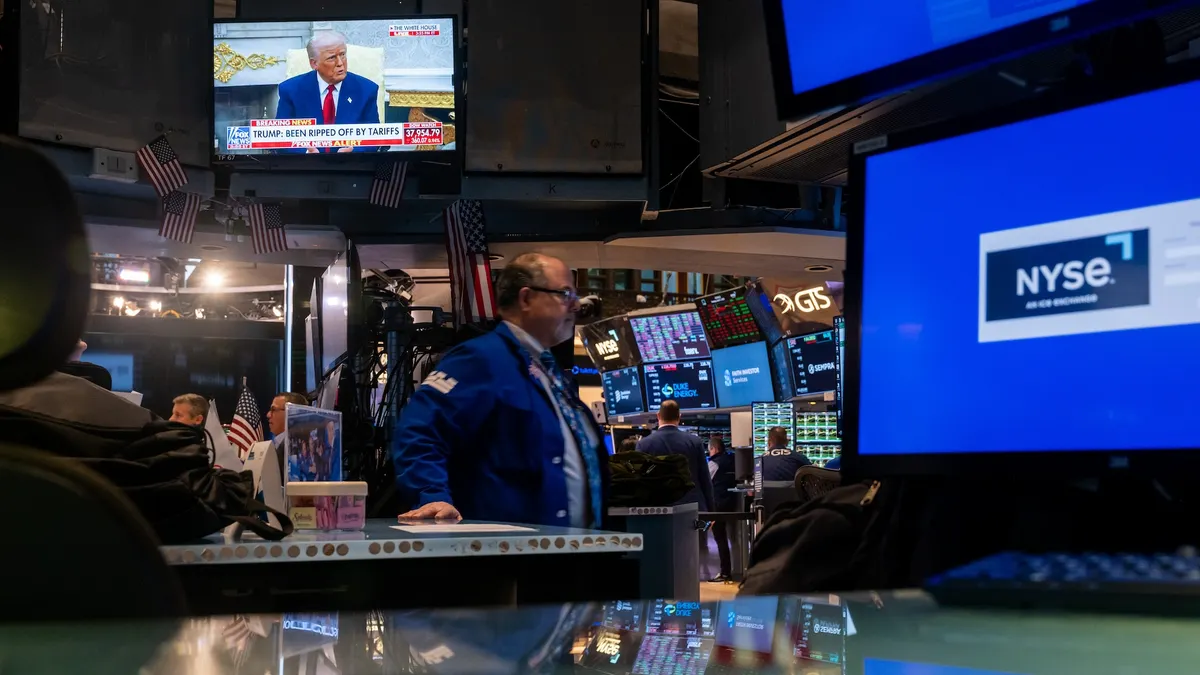The pandemic has nothing on retailers—for those who are doing it right. Last year, consumers spent a record $9 billion during Black Friday, for an increase of over 21% from the year prior. And there's no sign of things slowing down: This trend will carry over into this year's holiday shopping season.
According to a forecast from Deloitte, "U.S. consumers will spend up to 9% more this holiday period compared to 2020 when consumers spent a total of $1.2 trillion during the key shopping period between November and the end of the year."
Since the start of the pandemic, retail companies have had to get creative with their offerings and re-learn their customers. Think perfecting digital channels, streamlining hybrid shopping experiences like curbside pick-up, making returns easier than ever, and rising to the challenge of meeting new customer expectations.
Let's take a closer look at how top retail companies have managed to thrive and create new opportunities in a post-pandemic setting.
Going deeper with digital
For the past few years, retail brands have been ramping up their investments in digital experiences. And when the pandemic hit, those digital initiatives suddenly had to happen in months instead of years.
The shift to digital is undoubtedly a strong industry trend, but it's important that companies don't get lost in this acceleration and neglect to understand what their exact customers are doing and the "why" behind their move to digital.
Take buying cars online, for example: Nearly 30% of U.S. car sales took place online in 2020. Selling cars online successfully requires a lot more than simply listing prices and photos. Dealerships had to ask themselves what additional information and support customers needed to feel confident making such a large purchase on a digital platform. They also had to take a closer look at what types of customers were opting to buy cars online and what their motivations were in doing so.
Leaning into digital acceleration is important for staying competitive, but top retail companies know that much more goes on behind the scenes than simply making products available digitally. Having a deep understanding of the customer and what they need to convert on digital channels is paramount to creating successful digital experiences.
Emphasizing experience strategy
Buzzwords like "multichannel" and "omnichannel" pop up frequently within the retail sector. These strategies focus on how customers move through different channels including browsing and research and eventually purchasing and acquisition. But so much more can happen during the customer journey. And with how much the retail space has changed in such a short amount of time, it begs the question: Are these strategies still relevant?
Top retail companies are taking a more holistic approach. Consumers no longer differentiate between a brand's channels (brick-and-mortar, apps, websites, etc.) to form their opinions, but rather see things through a single experience lens. Take the Home Depot's Product Locator, for example. Customers can browse for products online and then pinpoint their exact location—down to the aisle and bay—once inside the store. It's pleasant and frictionless experiences like these that have become the gold standard for customer experience.
By forgoing omnichannel or multichannel paradigms and instead opting to focus on a single experience strategy, retailers can more seamlessly map out the customer journey and anticipate what consumers are feeling and experiencing at every touchpoint.
Experience strategy takes a customer-centric approach by asking, "What do I want the customer to experience at every touchpoint?" It's less about siloed channel experiences and more about getting to the root of creating a delightful experience (and supporting customers) at every turn.
Refocusing on the storefront and hybrid experiences
Despite dips in in-person shopping throughout the course of the pandemic, top retail companies are still focusing on hybrid and in-store experiences just as much—if not more—than before. Although having a strong digital presence is non-negotiable, last-minute in-store purchases are also a key generator of revenue.
Target has mastered hybrid and in-store experiences. Its "Drive Up" curbside pick-up offering boosted sales by almost $1.4 billion in the second quarter of this year. The company is providing exciting new in-store experiences as well by teaming up with beauty giant Ulta to offer pop-up "stop-in-shops" inside Target stores. And it doesn't stop there: Target plans to open both Apple and Disney stop-in-shops this year ahead of the holiday season.
Companies like Nike have even tried more out-of-the-box methods, like virtual reality, to engage users in their retail experience. However, there's something to be said for refining the basic storefront experience before exploring more creative avenues. Perfecting delightful and practical features that make in-store shopping easier is table stakes.
Despite the challenges that the pandemic created for retail companies, many have been able to adjust accordingly and thrive. As buyers' expectations and needs continue to evolve, retail companies can consider the points above as they create their winning strategies.










